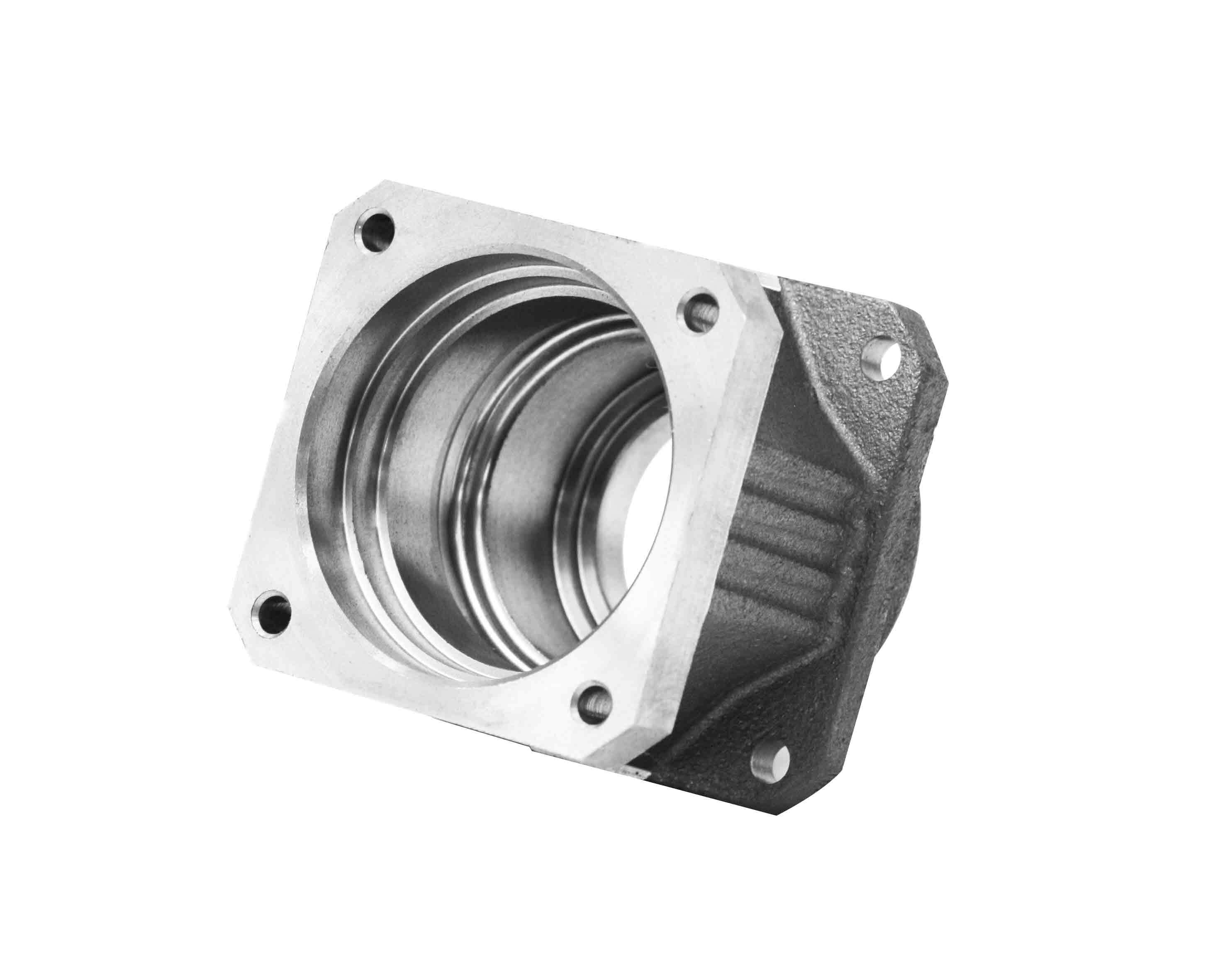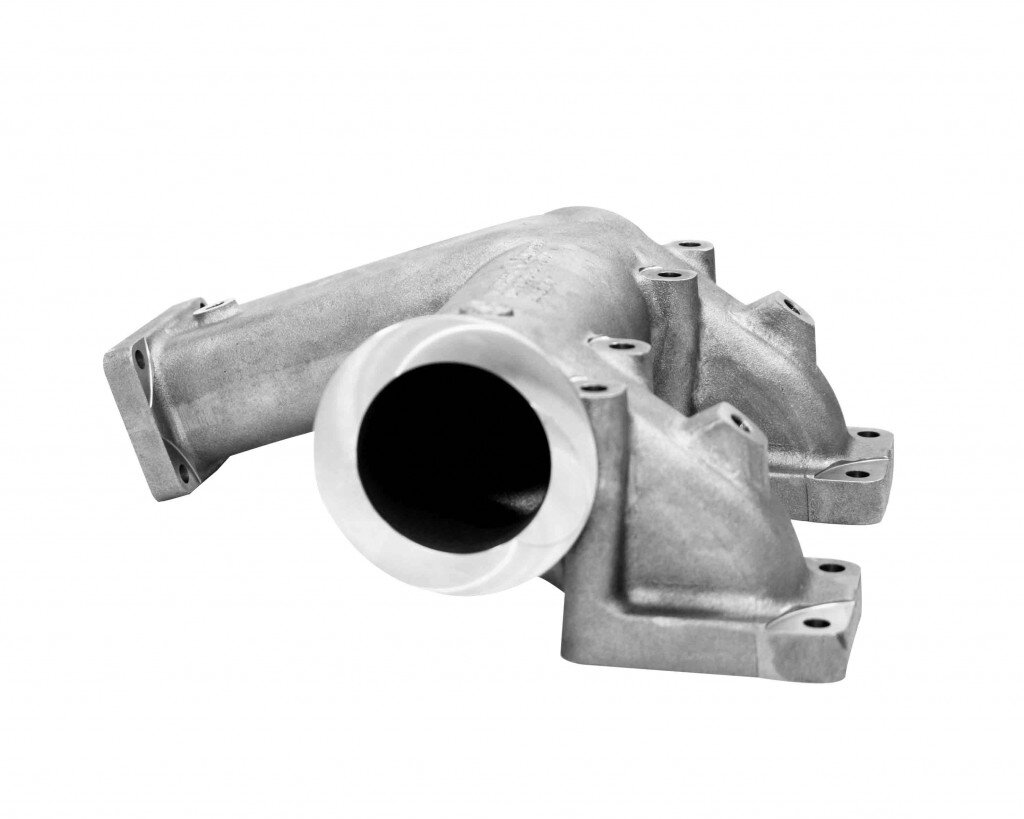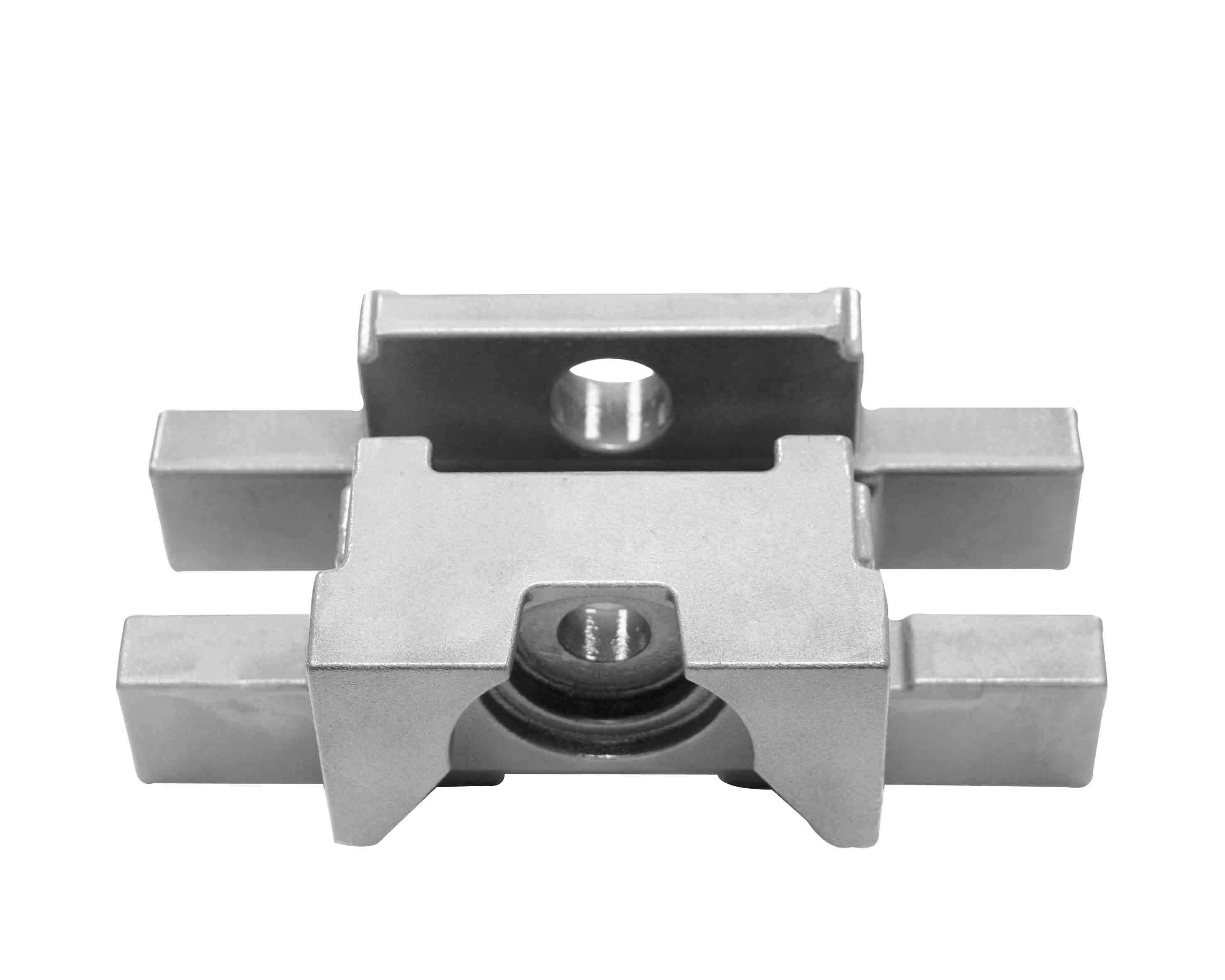Machining
Let the chips fall where they may!
as the Americans say – we’re concerned with obtaining the best end result! And while casting produces parts with dimensions and contours that are very close to the desired final shape, it is often the case with narrow tolerance ranges that a small amount of material must be removed afterwards by machining. The amount is exponentially less than if the part were produced from a solid block of material; nevertheless, machining is an accepted step in the production process for our parts and for all types of materials, and is one of the services we provide for our customers.


Easily machinable!
Conventional cast iron materials (grey cast iron and SG iron) are usually considered to be easily machinable. This characteristic is a result of the graphite inclusions in the material; not only do these inclusions reduce friction between the tool and the workpiece, but they also interrupt the mechanical structure, resulting in lower cutting force being needed and in lower cutting temperatures than with steel. This also makes the material less sensitive to fluctuations in the cutting force from an interrupted cut. The material-specific damping is quite high as well, leading to less vibration in the part.
Cast iron with flake graphite
There are, however, some significant differences between machining cast iron with flake (lamellar) graphite (EN-GJL) and machining cast iron with spheroidal (nodular) graphite (EN-GJS). For both material types, the shape of the graphite inclusions determines the shape and type of chips that are produced when machining. As a general rule, a tool’s service life will be shorter if it is used to machine SG iron, in comparison with machining iron containing flake graphite. Wear and tear on the tool itself is heavily dependent on the amount and the form of the graphite, as well as on the form of the metallic material structure.
In cast iron containing flake (lamellar) graphite, the basic metallic structure of the iron is interrupted by the graphite flakes. The flakes act as the material’s preferred slip planes and as internal notches; at the tips of these notches are regions of increased stress, at which cracks can form under external loading. This leads to crack stress and (as the cutting speed increases) increased shearing; the result is short, compact chips. The result is minimized wear and cutting pressure on the tool; however, small areas may chip and break away from the edges of the part during machining. The surface quality is heavily dependent on the production technique, the machining conditions, and the casting quality. The specified cutting force should always be in the range of 800 N/mm2 (for lower–strength materials) to 1,350 N/mm2.


Cast iron containing spheroidal graphite
In cast iron containing spheroidal graphite, the graphite is present in the form of small spheroidal (nodular) inclusions, and the proportions of ferrite and pearlite in the material can vary. Types with lower strength and good toughness (such as EN-GJS-400-15) contain primarily easily-machinable ferrite. As the proportion of pearlite increases, so does the amount of wear on the tool (as a rough estimation, 10% pearlite will generate 15% more wear; 30% pearlite, 50% more wear). Machining with an unblunted tool edge will produce spiral shavings; these chips are brittle, due to the graphite inclusions, and will break easily into shorter, sheared chips. However, the high degree of wear and tear on the free face of the tool is problematic. The specified cutting force should always be in the range of 900 N/mm2 (for lower–strength materials) to 1,650 N/mm2
Austempered ductile iron
Austempered ductile iron, also known as ADI or ausferritic ductile iron, possesses a mixed microstructure of stabilized austenite and ferrite platelets. Its machining differs from that of traditional SG cast iron in several particulars. To produce ausferritic ductile iron, traditional cast iron (gray iron) is used and the microstructure modified; the resulting Ausferritic microstructure can transform to Martensite under pressure or high normal loads – a phenomenon that explains the hard, very fine chips that are produced when machining ADI. The material’s thermal conductivity is lower than that of SG cast iron or steel; in practice, this means that the workpiece will become significantly warmer during machining than parts made of other materials, and that both the surface cooling as well as the cutting technique should be modified correspondingly in order to increase the service life of the tool.

Regardless of what material we deliver to which sector, we will carry out all of the necessary additional steps to obtain an optimal part, from heat treatment to machining, as well as subsequent surface treatments (from dip/immersion priming or 2-component lacquering to galvanizing) – all of this belongs to the range of services offered at Brechmann-Guss.